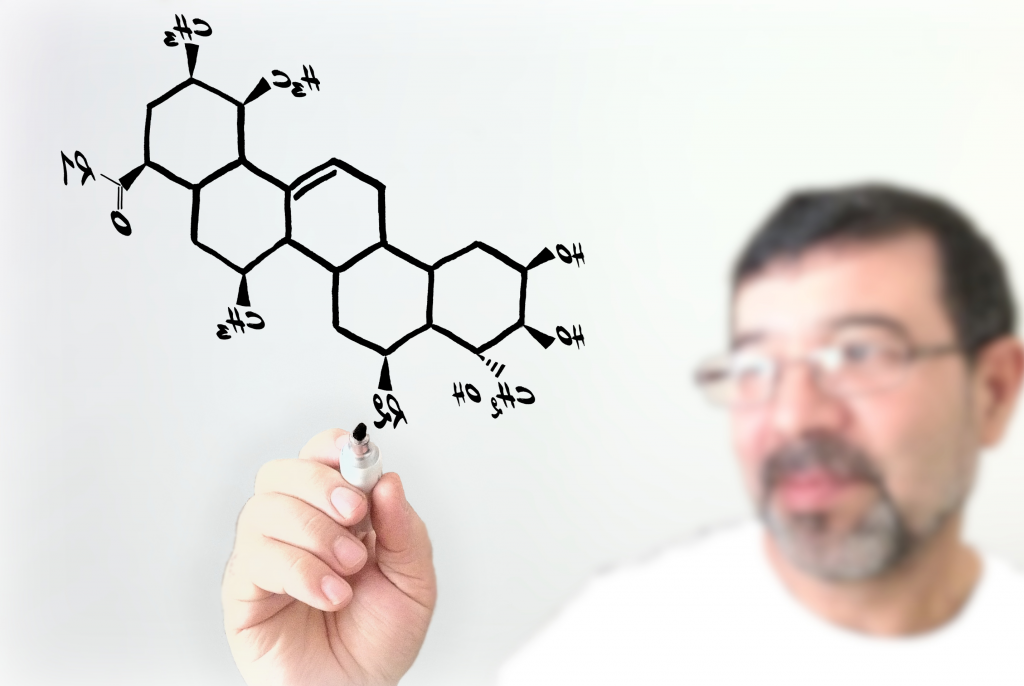STANDARDIZED PLANT EXTRACT.
DEFINITION
What is
Standardized plant extract?
When Sciences have identified some molecules that have a recognized property or which characterized specifically a plant, the plants can be processed in order to get a standardized plant extract.
The manufacturing process will concentrate or purify the identified molecule(s) (also known as markers) in order to comply with a fixed standard.
This kind of plant extracts will be greatly useful to manufacture a consistent product. By consistent, we understand a finished product that will have reproducible composition. We remind here that the quality (in terms of composition) of a whole plant can widely vary according to the environment where it grew, the climate, the harvesting period and so on.


MARKER
What is a marker
Markers are chemically defined constituents or groups of constituents that can be used to control batch-to-batch consistency of the finished product whether or not they have any therapeutic activity. They are classified as follows:
Active constituent marker
A known and generally accepted constituent or group(s) of constituents that contributes to therapeutic activity. The product can be adjusted by standardization to a level of active constituent marker that is reproducible – either to a level that is naturally found in the plant or to a more concentrated level in an extract.
Analytical marker
A constituent or group(s) of constituents that serves solely for analytical purposes and does not contribute to therapeutic activity, to which the product is adjusted to achieve a reproducible composition.
Specifications for standardized products should include identity, quantity of declared components and impurities if any (e.g. degradation products) and testing for likely contaminants (e.g. incidental compounds, residual solvents).

